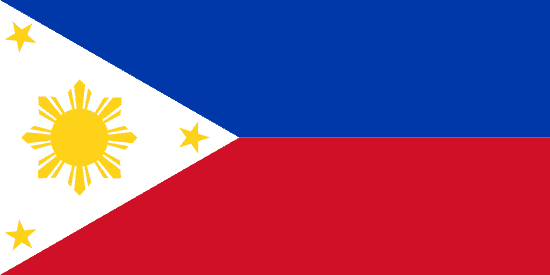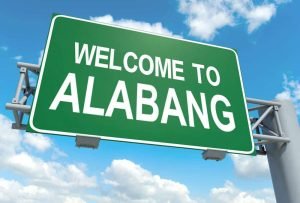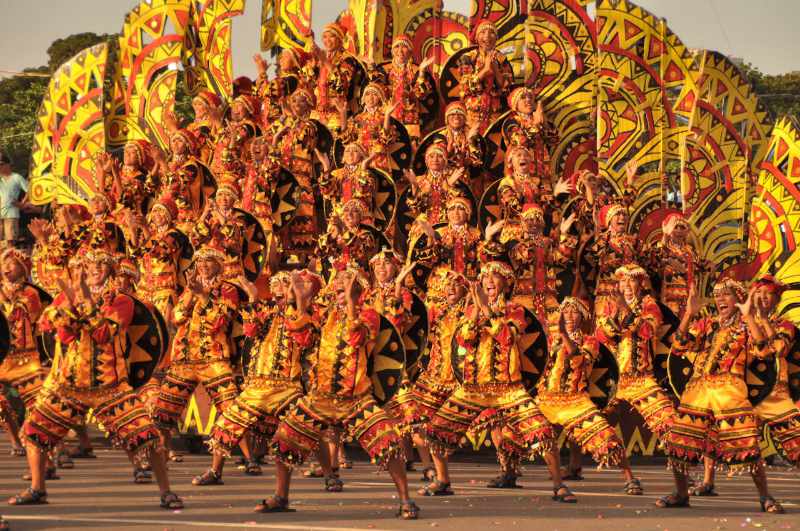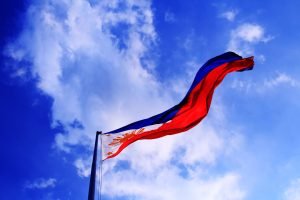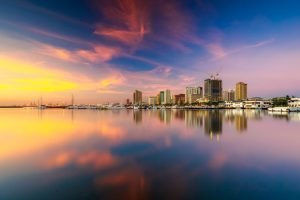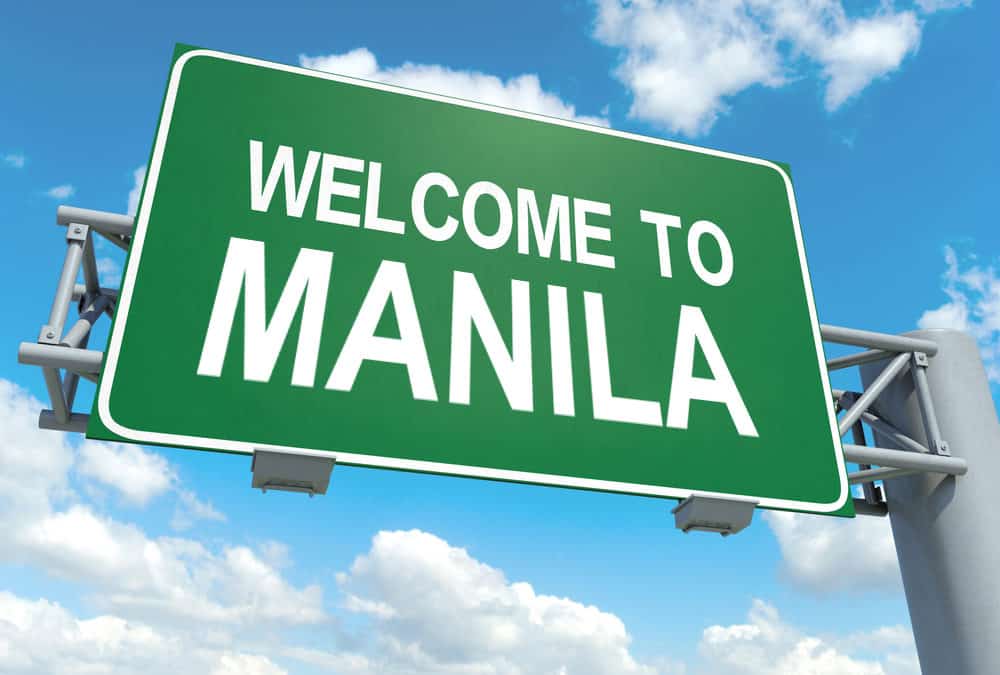
Tips when Moving to Manila
Moving to a new city is no easy feat. There are a lot of things to consider and information to research on. For instance, when it comes to finding a place alone, you have to find one that meets your requirements and fits your budget– a tough thing to do especially when it’s a place you’ve never set foot on or are unfamiliar with. To help you decide, here are some of the most important information you’ll need to know if you’re considering moving to Manila.
Choosing Where to Live in Manila
As the capital of the Philippines, Manila (Metro Manila) is the most popular city in the country that most foreigners know of. Manila City is only a part of the greater Metro Manila area, which is composed of 18 cities.
The city’s sought-after reputation can be largely attributed to its historic sights, rich nightlife, and cultural diversity. Some local expats even claim that it’s one of the best places to live in this side of Asia.
However, with the traffic in Manila being among the worst in the world, it is always recommended to live close to where you work. Aside from Manila, there are a good number of other cities that are amazing to live in depending on your taste or where your job is located. Cities such as Makati, BGC, Ortigas, and Alabang are all great options since these are where the business and commercial districts are.
Makati and BGC are prestigious areas where many expats also often reside. Ortigas is another business district to consider since renting or buying properties here is much cheaper than in Makati and BGC. Alabang is also a great choice, not just for its commercial appeal, but also for the fact that it’s ideal for those who frequently travel since it’s the nearest area to the provincial suburbs.
What to Do on Weekends
There are several things you can do every weekend in Manila with an abundance of interesting places to visit. One of which is Intramuros – the oldest district in Manila – built as far back when Philippines was colonized by Spain. Often called the Walled City, it spans 64 hectares and is rife with historic landmarks and architecture.
Another popular activity is cruising around Manila Bay in the evening. There are boats you can rent and you can have dinner while on deck. You’ll be treated with the city’s breathtaking night lights from the comforts of a cruise ferry.
Manila is also home to prominent cultural exhibits, which you can find in the National Museum of the Philippines, Metropolitan Museum of Manila, and many others. You’ll find here valuable displays of art, history, and culture all in one place.
What Are Filipinos Like
Filipinos are a friendly, good-natured lot. Well-known for their hospitable nature, Filipinos know how to treat their guests with enthusiasm and graciousness. They know how to party and most gatherings will be filled with a lot of eating, dancing, and singing!
Other notable traits of Filipinos are their religious nature and family-orientedness. Many adults still live with their parents and extended families are common setups. Majority of the population in the country are also Catholic so you’re bound to meet plenty of religious people, and see various traditions and ceremonies as well.
Forms of Communication
One of the best things about being in the Philippines is that if you speak English, you don’t have to adapt much when it comes to the language. English is fluently spoken by most people and it’s also the language used on roads, signage, public transportation, and many more.
Overall, Manila is a great place where history meets modernity. It’s a diverse hotspot for anyone looking to experience different cultures in one area. If these are things that appeal to you, Manila might just be your ideal city!
Chimvie Dimaculangan
+63 917 701 6127
chimvie@asia-relocation.com

